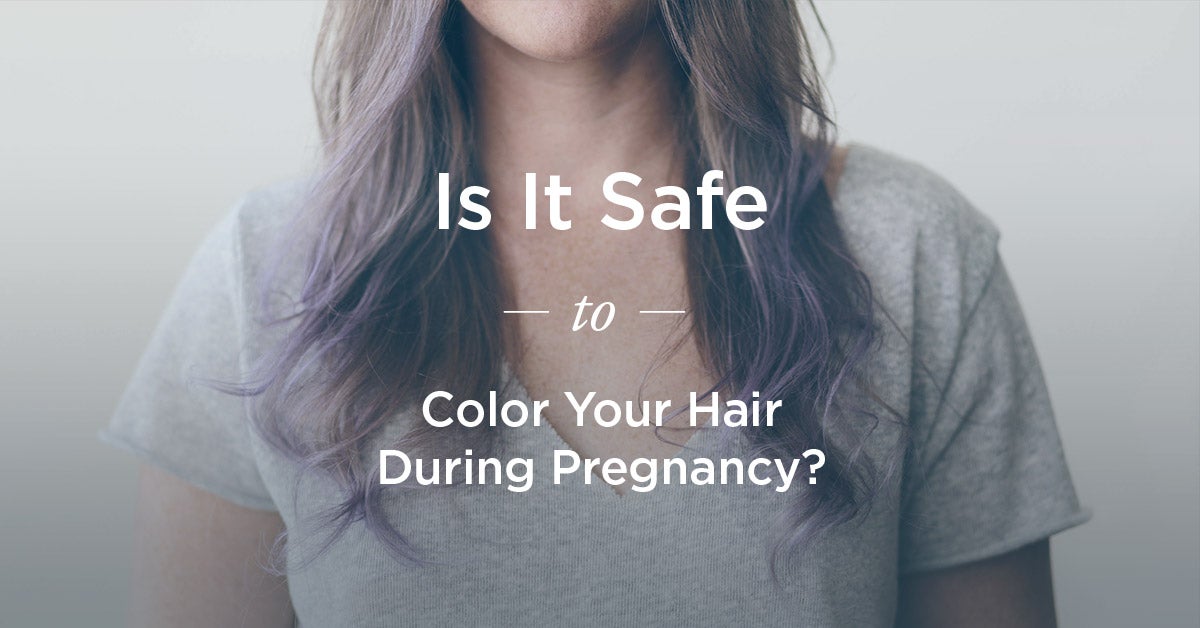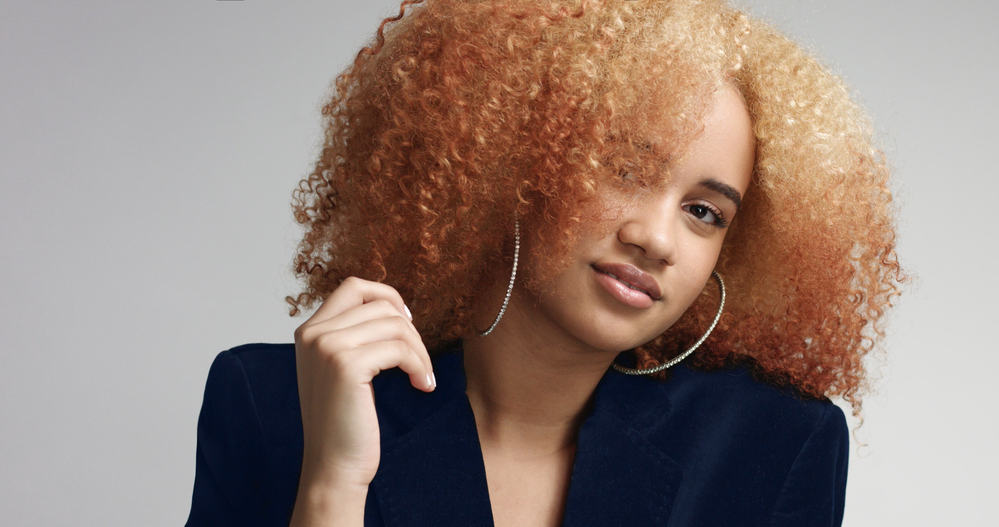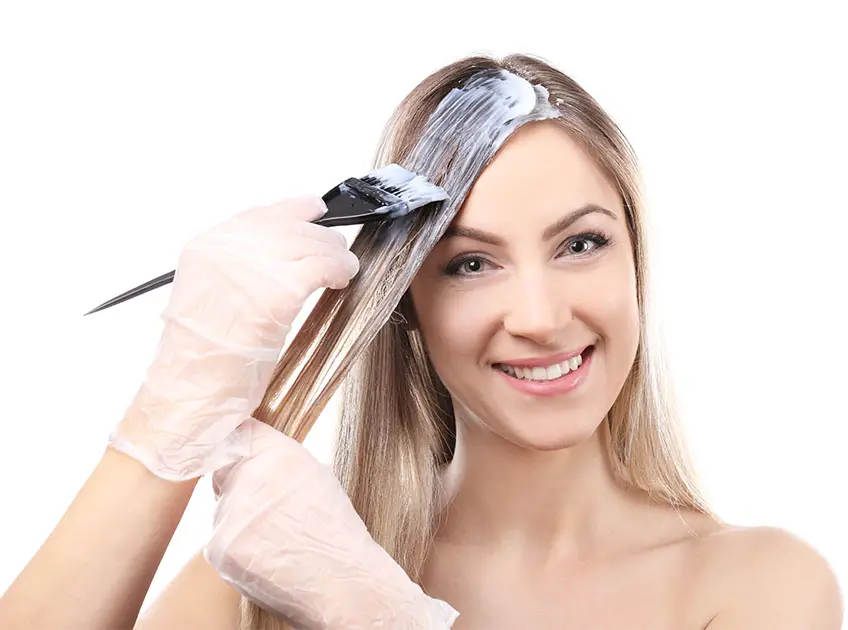Table Of Content

Hair dye is generally safe during pregnancy, but there’s no harm in being cautious. If you’re concerned about potential harmful effects, choose gentler hair treatments to minimize your exposure to chemicals. As such, this small amount is not considered harmful to the fetus. Although no data is available on women receiving hair treatments while breastfeeding, it is known that little of the chemicals would actually be absorbed into the bloodstream.
Frequently asked questions

This will mean the chemicals in the bleach are only absorbed by your hair, and not your scalp or your bloodstream. If you’re concerned about bleaching your hair during pregnancy, you might decide to opt for an alternative hair dying technique while you’re pregnant. Pregnancy comes with a lot of rules about what you can and can’t do. And of course, you only want to do what’s safe for you and your baby.
Can I Get a Spiral Perm While Pregnant?
Therefore, the chance of them entering the milk and posing a risk to an infant would be unlikely. There was a time when the ingredients in dyes and bleaching agents were a lot more dubious than they are today. "Are there any carcinogens in it? No. Are there any things that should create problems in pregnancy? No." According to the American College of Obstetricians and Gynecologists (ACOG), previous animal studies have found that high doses of the chemicals used in hair dye don’t cause any serious birth defects.
Cameron Diaz and Benji Madden Welcome Their Second Baby
You don’t want to be getting a treatment done with two or three other people without ventilation. The smell could be overpowering and make you feel sick,” she says. If you’re breastfeeding (chestfeeding), you need to watch what goes into your body. Substances like alcohol and certain prescription drugs can end up in your breast milk.
The key difference between spiral perms and other types of perms is the way the hairdresser applies the rods. With a spiral perm, rods are held vertically while the hair is wrapped around them. With other styles of perms, the rods are rolled horizontally (3). Ultimately, you will have to decide if the benefits outweigh the risks for you and your baby. We’ll discuss whether it’s safe or recommended and if there are other options you can consider for maintaining your style.

Pregnancy Calculator
If you want to be extra safe and cautious, there are a few precautions you can consider before stepping foot in a salon. Her hair was and is still perfectly platinum—and of course it's not natural. You may also experience heartburn, swollen ankles, and exhaustion. It points out that the amount of chemicals the scalp may absorb is very low under typical use and very little would reach the fetus. Natural dyes may not be as long lasting as chemical dyes and may fade sooner. They may also not produce as strong a color as chemical dyes or have as many colors available.
If you use chemical treatment products such as relaxers, straighteners, or dyes, however, you should stop using those unless they have been approved by your doctor. During a root touch up, the dye can be absorbed through the skin, so you may want to wait until after the first trimester for your first touch up. Also, many women become very sensitive to smells during pregnancy.
Lizzo Joined the Bleached Eyebrows Club For Summer — See Photos - Allure
Lizzo Joined the Bleached Eyebrows Club For Summer — See Photos.
Posted: Tue, 29 Jun 2021 07:00:00 GMT [source]
That said, Reavey emphasizes the importance of using safer dyes that are ammonia- and peroxide-free. Just like we don’t have a lot of research on how hair dye impacts fetal development, we have very little real data about the impact (if any) hair dye has on breast milk. Fortunately, there’s no evidence at this point to suggest that hair dye will get into your breast milk if you use it as directed. So, on balance, it seems highly unlikely that it would pose a risk to your baby. According to the American Cancer Society, semi-permanent and permanent dyes contain larger quantities of chemicals that may be carcinogenic.
But there is a catch – these chemicals are powerful allergens that can trigger skin irritations. Make sure you apply color in a well-ventilated area, and keep a window cracked open to limit the amount of fumes you breathe in. This measure reduces the amount of chemicals that touch and absorb into your skin. There is no evidence to suggest that bleaching the hair could be harmful during pregnancy. Mother To Baby states that no hair treatments are currently known to be dangerous to a fetus.
The bleach does penetrate your skin, but not to a degree that most doctors would consider harmful,” says Dr. Zanotti. If you decide to bleach your hair while pregnant, there are some safety precautions to keep in mind. In your efforts to keep your growing baby safe, you've dropped your second cup of morning coffee and stopped using retinol cream in the evenings. When you get a text about your upcoming hair color appointment you booked prior to finding out you were pregnant, it leaves you wondering if it's safe to have your hair bleached when pregnant. Hair bleaches are generally considered to be low in toxicity (5). However, many doctors recommend waiting until after the first trimester to bleach your hair.
Products used to bleach hair usually contains between six and 10 percent hydrogen peroxide while bleaching creams used on body hair contain even less. Research has shown that bleaching creams, with their low concentration of hydrogen peroxide, are also only superficially absorbed and metabolized quickly. Hair grows faster during pregnancy so you may find that you have to touch up your roots more often than you normally would.


No comments:
Post a Comment